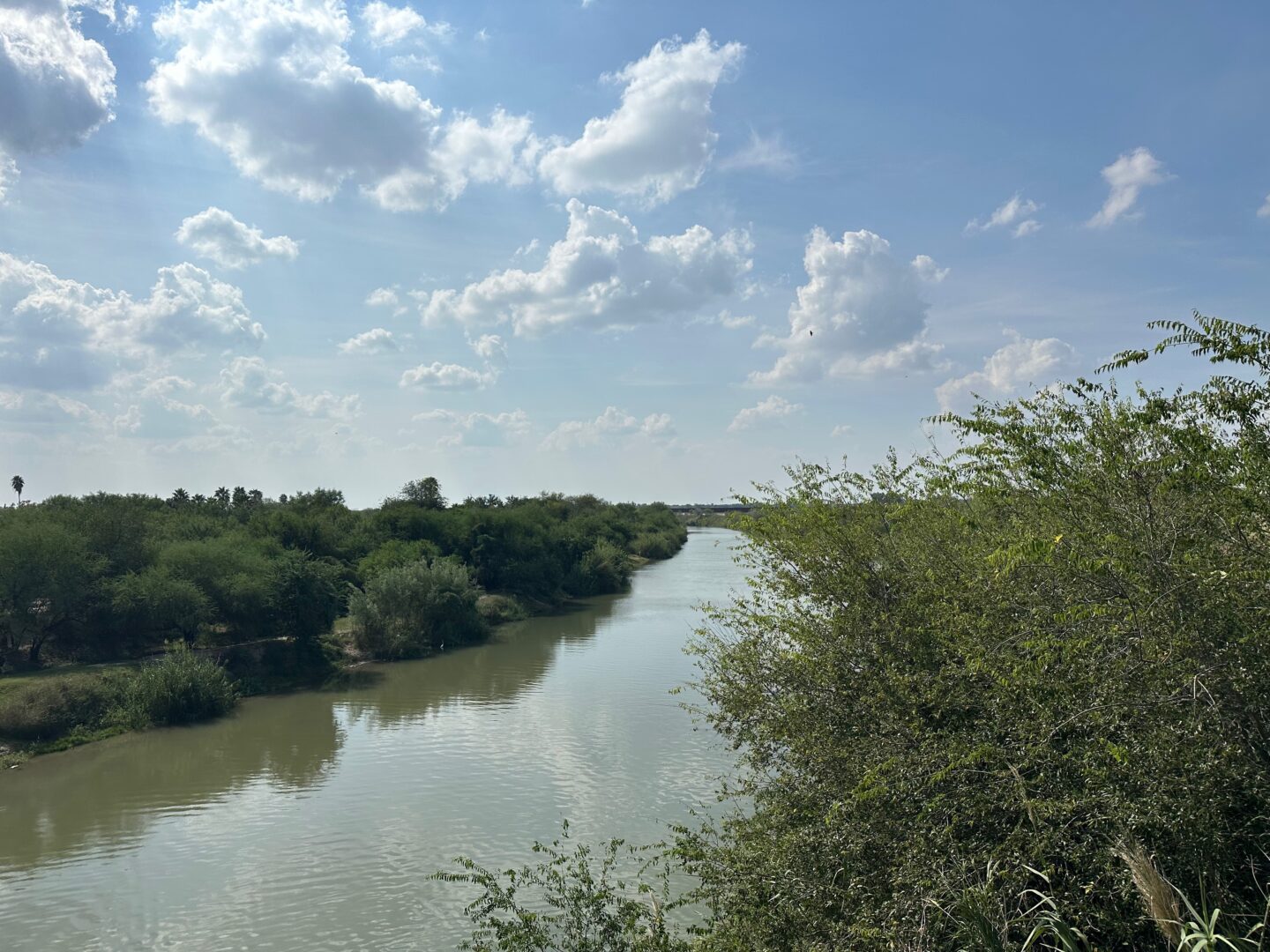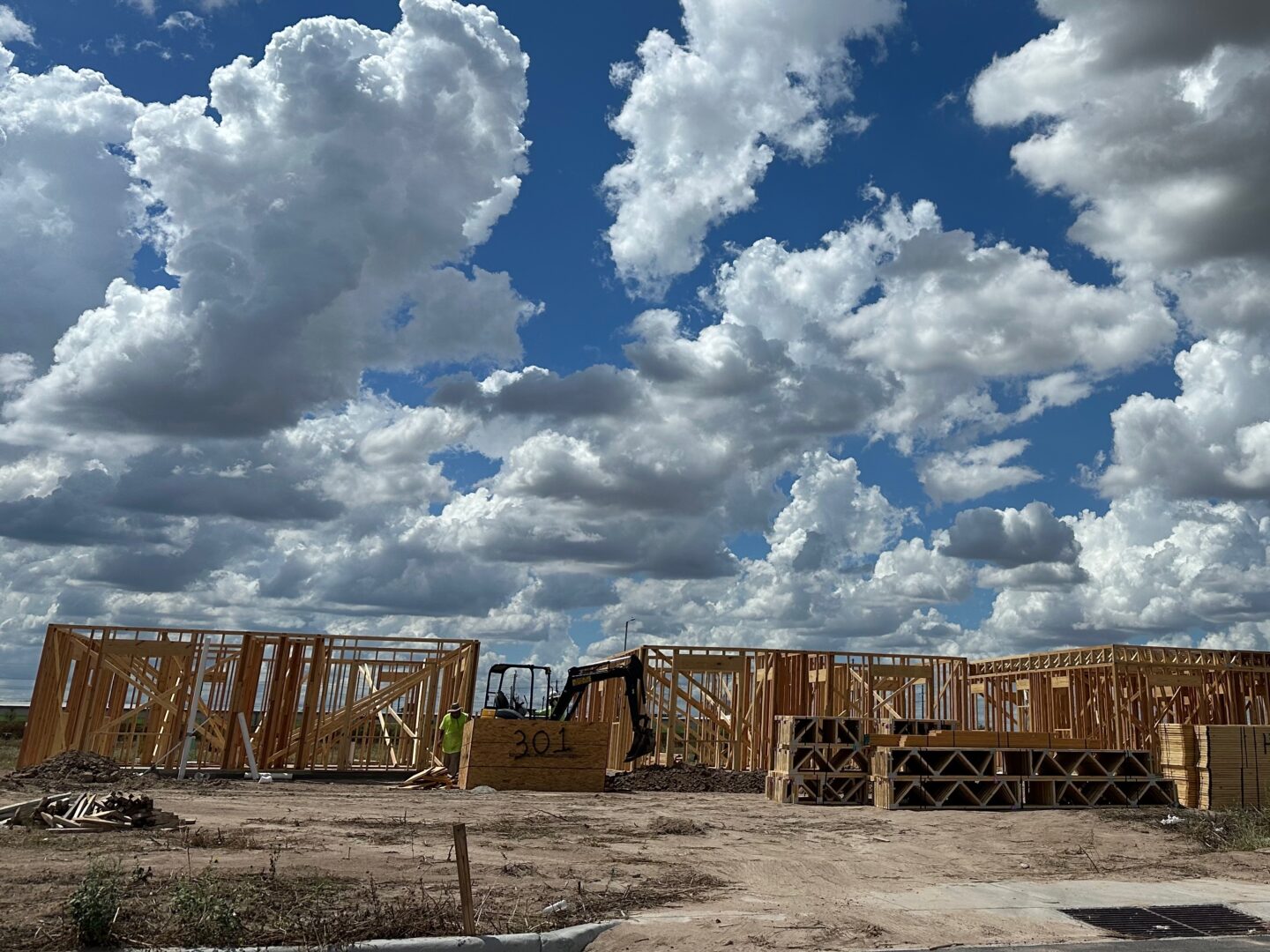
The Rio Grande Valley’s growth runs on river water — a source that’s becoming increasingly unpredictable.
A new Texas A&M study shows that McAllen, Brownsville, and other South Texas metros depend more on the Rio Grande and its reservoir system than any other region in Texas.
That makes the Valley especially vulnerable to drought, cross-border disputes, and the realities of a strained binational supply.
The report, “Mapping Metro Water Use: Sources, Industries and Consumption,” by the Texas Real Estate Research Center, found that while groundwater provides about half of Texas’ total water use, roughly 90% of South Texas’ supply comes from surface water — nearly all of it drawn from the Rio Grande.
Trending News
- Cameron County set to acquire B&M Bridge, adding fourth international crossing to its network
- Rhodes Enterprises goes all-in with a $100 million bet on South Texas renters
- The Rio Grande Valley: two countries, one inspiring story
- The Anzalduas Bridge is two years behind on its commercial opening — but investors are already capitalizing on its potential
- Valley’s largest newspaper company outsourcing McAllen printing to Reynosa, layoffs hit press staff
Get the latest business news delivered to your inbox every morning for free.
Special Offer: $1/week
Daily stories, expert reporting, and unlimited access
Subscription renews December 31, 2025 at $9.95/mo
Stories That Matter
- New $8M public safety center coming to Alamo, plus ‘State of the City’ projects to watch
- Big retailers in Reynosa see early gains during Mexico’s Black Friday–style event, but downtown shops struggle as U.S. shoppers stay away
- Texas National Bank acquiring Citizens State in Starr County
- UTRGV football debut energizes Valley, fuels estimated $14.5M economic boost
- Reynosa, Matamoros drive Tamaulipas workforce past 1.7 million
- Weslaco engineering firm sues Donna, says city owes nearly $4.5 million for wastewater project
- Puerto del Norte–Matamoros opens near Texas border
- The story behind the Rio Grande Valley Business Journal
- Mission lands $50M metal recycling plant as Mexican company expands to the U.S.
- Tim Hortons adds 5th Reynosa store in 2 years




